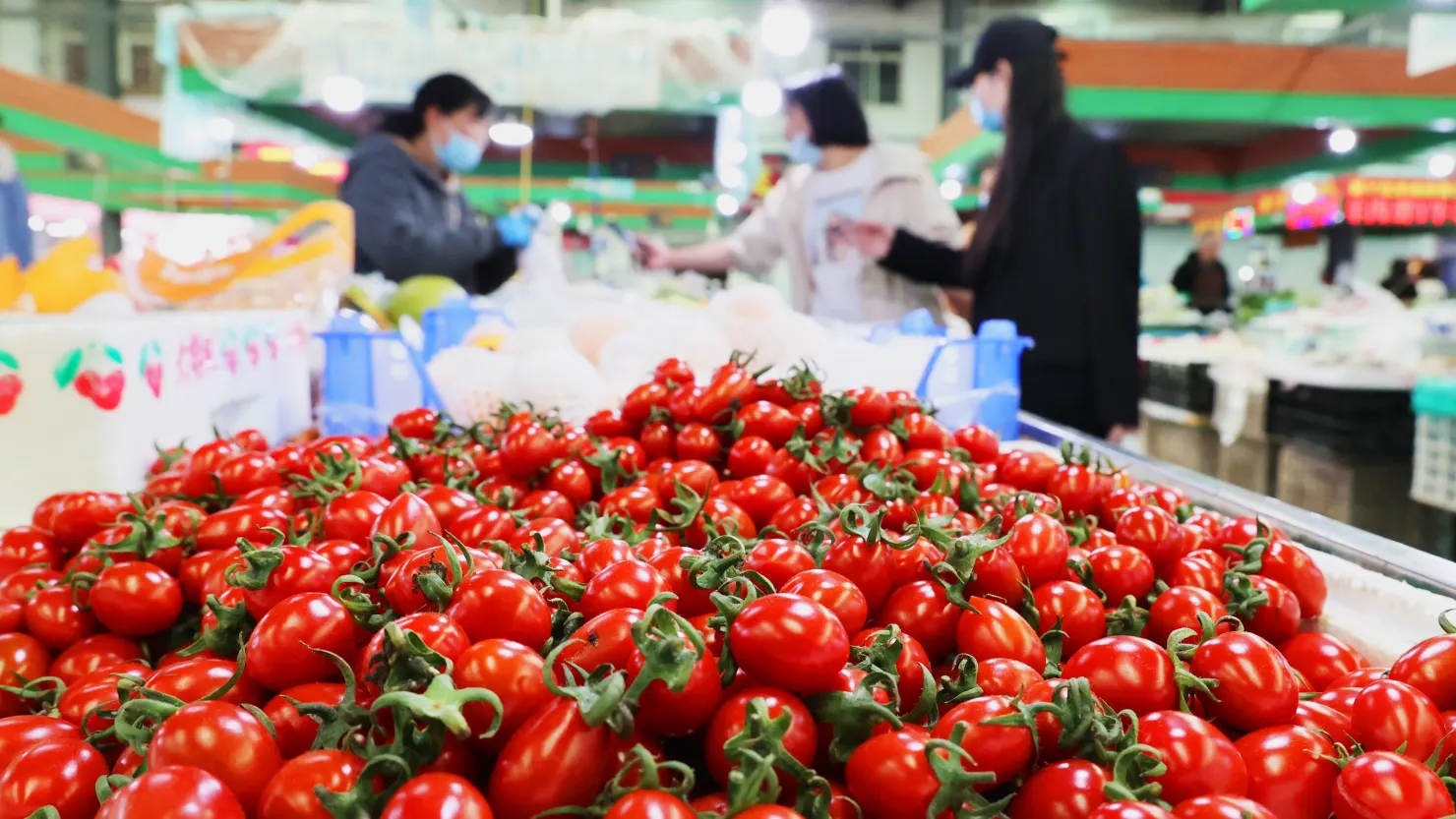China’s consumer prices grew at their slowest pace in four months in October, while producer price deflation deepened, according to data released on Saturday. This comes even as Beijing has intensified its efforts to support the struggling economy with a new round of stimulus measures.
On Friday, China’s top legislative body approved a 10 trillion yuan ($1.4 trillion) package aimed at easing local government “hidden debt” burdens. However, the package fell short of expectations, as it did not involve direct cash injections into the economy, which some investors had hoped for.
Analysts have expressed skepticism about the effectiveness of the stimulus, suggesting that the measures are unlikely to provide an immediate boost to economic activity, demand, or prices in the near term.
The consumer price index (CPI) rose 0.3% year-on-year in October, a slowdown from September’s 0.4% increase, marking the weakest growth since June. The figure came in below the 0.4% rise forecast by a Reuters poll of economists. However, core inflation — which excludes volatile food and energy prices — increased by 0.2% in October, up from 0.1% in September.
Economists expect CPI to continue trending upward, while core inflation remains mild, which could allow for further interest rate cuts by China’s central bank early next year. The central bank introduced its most aggressive monetary support measures since the COVID-19 pandemic in late September in an attempt to revive economic growth.
More Stimulus Expected
The newly approved stimulus plan, passed by China’s National People’s Congress Standing Committee, was met with disappointment by some investors who had hoped for more substantial steps to boost consumption and stimulate the economy.
Finance Minister Lan Foan hinted on Friday that more stimulus measures were on the horizon. He mentioned that tax policies to support the housing market would be introduced soon and that efforts to recapitalize banks were being accelerated.
Some analysts speculate that Beijing may be holding back more significant measures until January, when Donald Trump resumes the U.S. presidency.
On a month-on-month basis, China’s CPI fell 0.3% in October, following no change in September and coming in below the forecasted 0.1% decline. This drop was primarily driven by declining food prices, according to Dong Lijuan, a spokesperson for the National Bureau of Statistics.
With 70% of Chinese household wealth tied up in the troubled real estate sector — which at its peak accounted for a quarter of the economy — consumers are being more cautious with their spending, adding to deflationary pressures in the economy.
Economic Outlook
Looking ahead, China’s headline consumer inflation is expected to remain low, with projections for 2024 at just 0.8%. Goldman Sachs has forecast that producer prices will not turn positive until the third quarter of 2025.
Producer prices fell 2.9% year-on-year in October, a deeper decline than the 2.8% drop seen in September and worse than the 2.5% decrease analysts had expected. This marked the largest drop in producer prices in 11 months. The biggest declines were seen in the petroleum and natural gas extraction, oil and coal processing, chemical products manufacturing, and auto manufacturing sectors.






